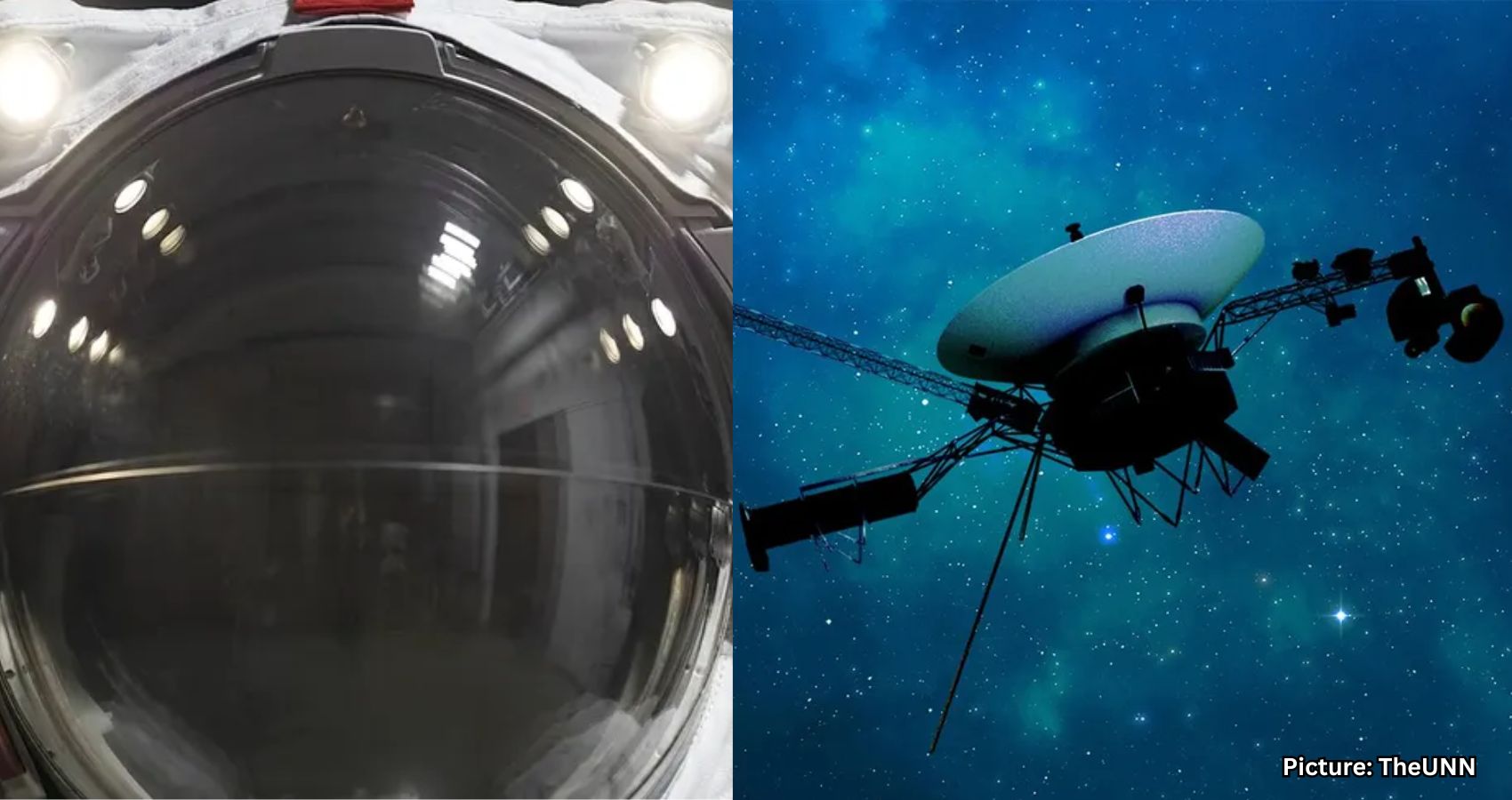Nasa’s Voyager 1 has resumed communications and operations after a temporary switch to a lower-power mode, allowing the spacecraft to continue its journey through interstellar space.
NASA has confirmed that Voyager 1 has regained its voice and resumed regular operations following a pause in communications that occurred in late October. The interstellar spacecraft unexpectedly switched off its primary radio transmitter, known as the X-band, and activated its much weaker S-band transmitter.
Currently located approximately 15.4 billion miles from Earth, Voyager 1 had not utilized the S-band for communication in over 40 years. This switch to a lower power mode hindered the Voyager mission team’s ability to download scientific data and assess the spacecraft’s status, leading to intermittent communication issues.
Earlier this month, NASA engineers successfully reactivated the X-band transmitter, enabling the collection of data from the four operational science instruments onboard Voyager 1. With communications restored, engineers are now focused on completing several remaining tasks to return the spacecraft to its previous operational state.
One of the critical tasks involves resetting the system that synchronizes Voyager 1’s three onboard computers. The S-band was activated by the spacecraft’s fault protection system when engineers turned on a heater on Voyager 1. The system determined that the probe lacked sufficient power and automatically disabled nonessential systems to conserve energy for critical operations.
In this process, the fault protection system turned off all nonessential systems except for the science instruments, which allowed Voyager 1 to maintain some level of functionality. NASA noted that the X-band was deactivated while the S-band, which consumes less power, was brought online.
Voyager 1 had not communicated via the S-band since 1981, making this recent switch a significant moment in the spacecraft’s long history. Launched in 1977 alongside its twin, Voyager 2, Voyager 1 embarked on a mission to explore the gas giant planets of the solar system.
During its journey, Voyager 1 has transmitted stunning images of Jupiter’s Great Red Spot and Saturn’s iconic rings. Utilizing Saturn’s gravity as a slingshot, it propelled itself past Pluto, continuing its exploration of interstellar space.
Each Voyager spacecraft is equipped with ten science instruments, and currently, four of these instruments are operational on Voyager 1. These instruments are being used to study particles, plasma, and magnetic fields in the vastness of interstellar space.
As NASA continues to monitor Voyager 1’s progress, the mission team is optimistic about the spacecraft’s ability to provide valuable scientific data for years to come, despite the challenges posed by its immense distance from Earth.
According to NASA, the successful reactivation of the X-band transmitter marks a crucial step in ensuring that Voyager 1 can continue its groundbreaking scientific mission.
Source: Original article

